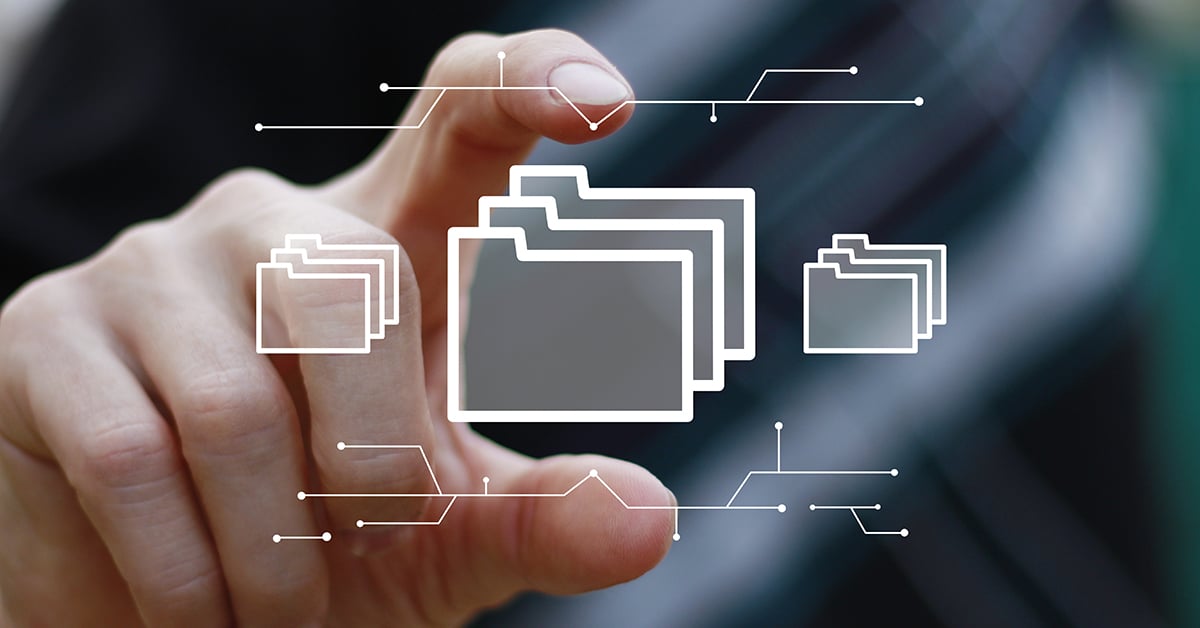yasiriqbal
New Member
Dear All,
I am trying to recover grub book loader on RHEL 4 update 2 through redhat 6 rescure disk. Redhat 4 installed on LVM disk. The rescue disk could not mount the local hardisk iamge in /mnt/sysimage. I have to manually mounted it through the command given below.
# lvm vgchange -a y volgroup1
# mount /dev/mapper/volgroup-rootvol
# chroot /mnt/sysimage
# grub-install /mnt/sysimage
after that command i recived the attached error. Pleae help me to solve this error.
I am trying to recover grub book loader on RHEL 4 update 2 through redhat 6 rescure disk. Redhat 4 installed on LVM disk. The rescue disk could not mount the local hardisk iamge in /mnt/sysimage. I have to manually mounted it through the command given below.
# lvm vgchange -a y volgroup1
# mount /dev/mapper/volgroup-rootvol
# chroot /mnt/sysimage
# grub-install /mnt/sysimage
after that command i recived the attached error. Pleae help me to solve this error.





